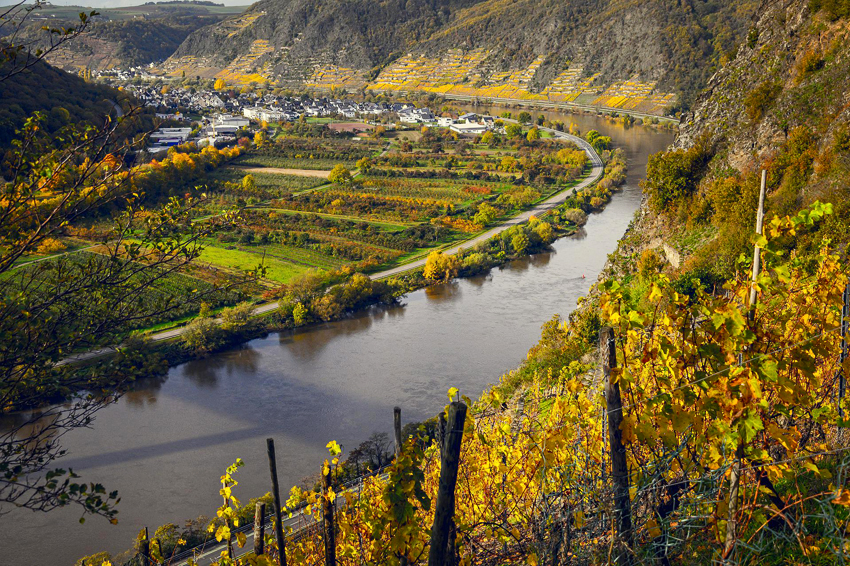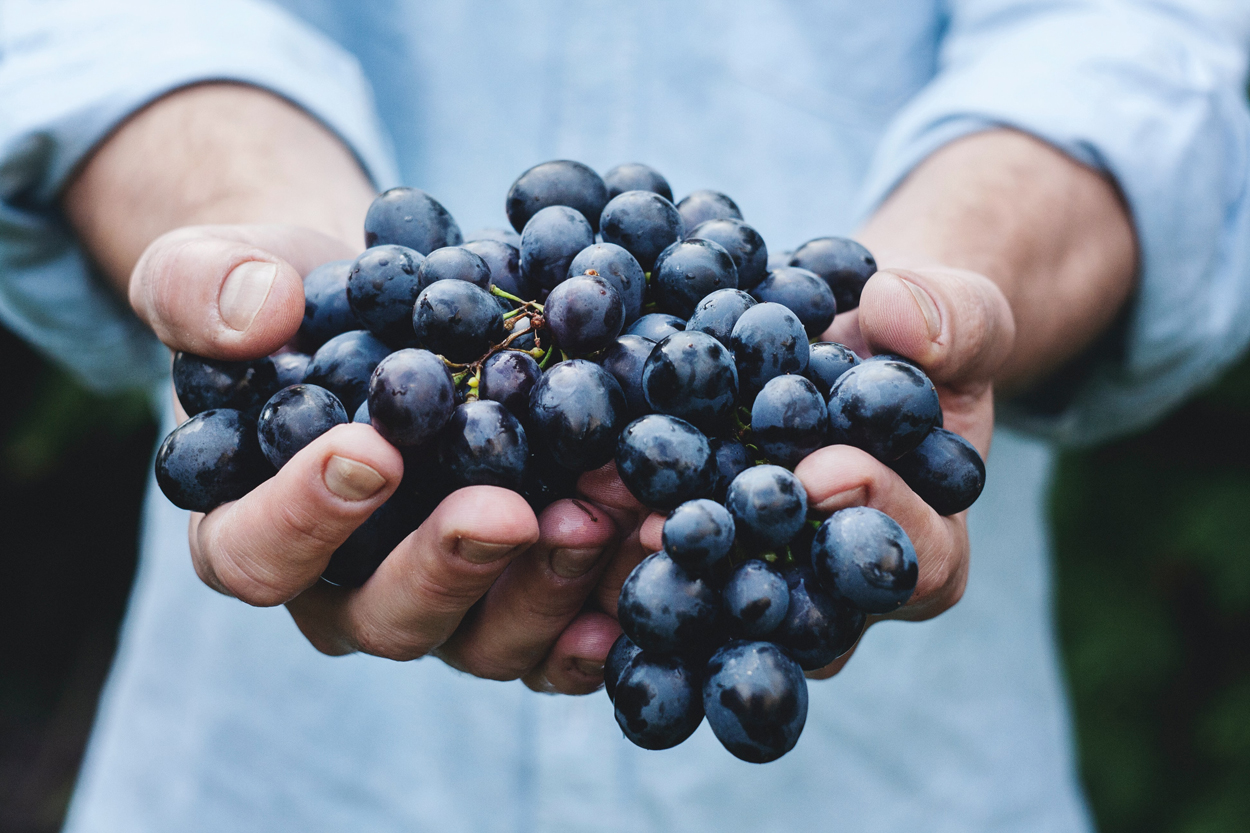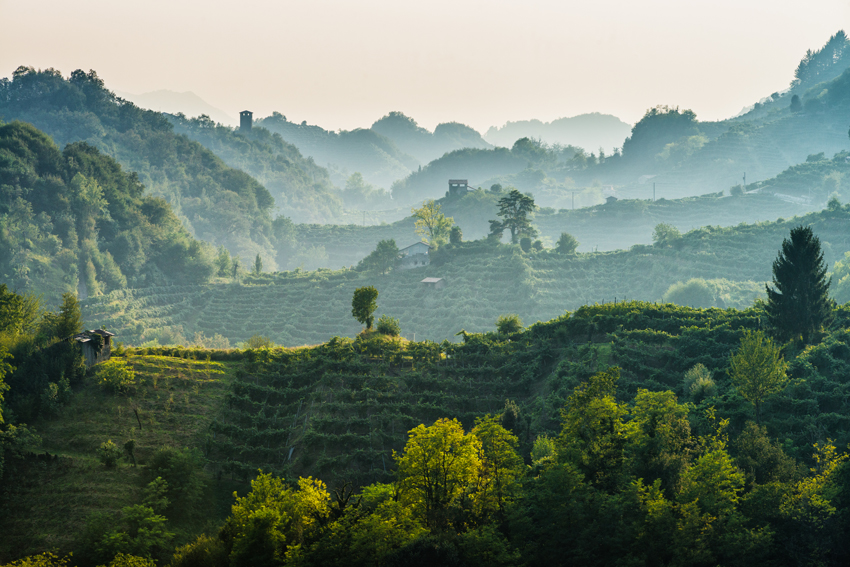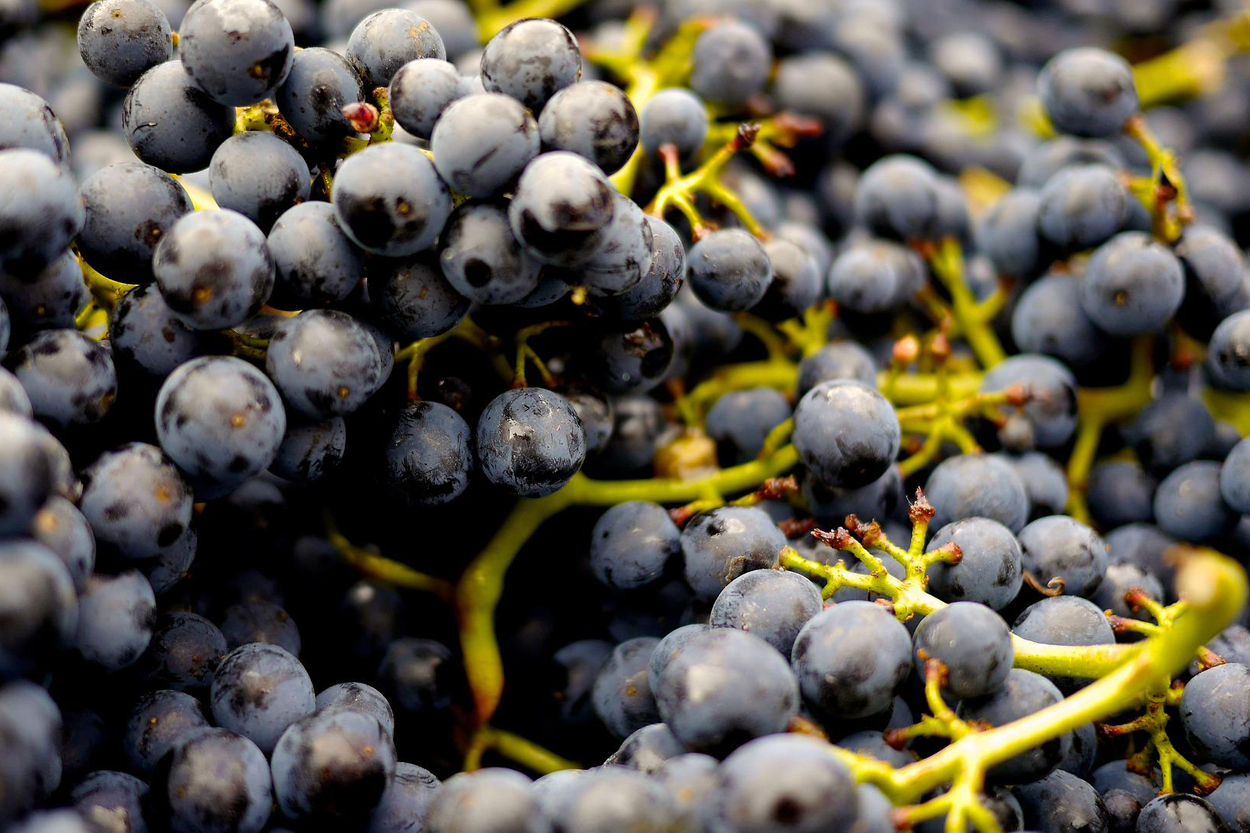We are extremely passionate about Riesling at Bon Coeur and we firmly believe that this illustrious grape makes some of the best white wines in the world. To celebrate International Riesling day on 13th March, we are focusing on Germany, the home of Riesling, the different styles and how to decipher the labels. German Riesling is famous for its mouth-watering acidity. It is because of this acidity that German Riesling is so wonderfully fresh, elegant and an excellent partner for food, and also helps the wine to age very well.
Germany is the World’s top Riesling producer without a doubt. However, when we talk about German Riesling, the reaction from people is mixed to say the least. Some people get really excited and say it is the ‘greatest grape ever’ or ‘it makes the finest wines on the planet’! Others say they don’t understand it or they simply don’t like it - it is too sweet or too cheap. The truth is that Riesling comes in such a wide range of styles, there is definitely a style to suit every palate; from dry and lean, to sweet and succulent, from light to full bodied, but I have to admit that the labelling of German Riesling is difficult to understand and can be confusing.
All about the Riesling
Riesling is the signature white grape of Germany and it is produced in all 13 of Germany’s wine regions (or Anbaugebiete). Germany has a predominantly cool climate with some vineyards situated 50 degrees latitude north of the equator (almost all quality wine producing regions are located between 30-50 degrees north or south of the equator). Riesling is an aromatic grape with pronounced fruit and floral notes with notable high acidity. It retains this acidity as the grapes ripen slowly and build their sugar levels. The specific fruit flavours in the wine will vary according to ripeness in the grapes at the time of harvest.
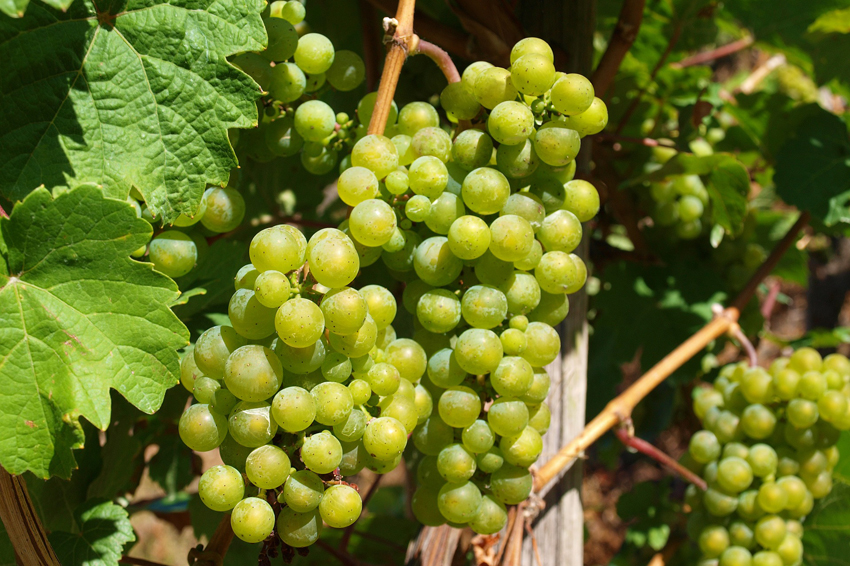

German wine Regions
Mosel, Rheingau and Pfalz are the most notable wine producing regions. The Mosel valley is the most northerly region and the Rieslings are typically lighter and more delicate. They mostly have a medium level of sweetness which is balanced with high acidity. The best vineyard sites are located on steep south facing slopes, which lead down to the Mosel River. The stony soils are perfect for retaining and reflectingheat back onto the grapes to aid the ripening process. The Rieslings from Rheingau tend to be drier and have more body. The Pfalz region is situated on the French border and is protected by the Vosges mountains, enjoying a dry, sunny climate with an extended growing season. The Rieslings here are dry and medium bodied.
Labelling
This is where it gets slightly (actually very!) confusing and requires some knowledge of the following terms to decipher what style of wine will be in the bottle. It can be off putting but if you stick with it, you will be rewarded when you know what to look out for!
Landwein – This is the equivalent to table wine or what the French call Vin de Table or Vin de France. Expect simple, uncomplicated wine which is either dry (Trocken) or semi-dry/off-dry (Halbtrocken). The grapes can be sourced from anywhere in Germany.
Qualitätswein (QbA)– This is a step up in quality and the grapes will be sourced from one of the wine regions which will be stated on the bottle. Producers can add sugar (unfermented grape juice) to these wines if they have not ripened fully at harvest time.
Prädikatswein – This is a premium quality wine and the quality status is based on the levels of sugar in the grapes at the time of harvest. The temperature is pretty cool in Germany; therefore, the best grapes are those which have achieved most ripeness (highest levels of sugar). Remember Riesling has natural high acidity therefore the sweetness is almost always in balance with the high acidity and flavour intensity. In asending order of sweetness, the 6 Pradikats are:
Kabinett - These wines range from dry to sweet. You will only know where on the dryness scale it sits by a) it will say ‘Trocken’ on the label indicating that it is dry or b) the lower the alcohol content, the sweeter the wine will be. These are light, delicate wines with citrus, green apple and floral notes. Perfect for pairing with light shellfish dishes, especially crab and it combines well with Asian cuisines containing an element of spice.
Spatlese - This literally means ‘late -harvest’ and the grapes are left on the vine a little longer to ripen fully. Once again these can be dry or sweet. Pair with roasted pork with apple puree, grilled fish or mildly-spiced Asian dishes like pad thai.
Auslese - This means ‘selected harvest’ and only the ripest grapes will go into the wine therefore the flavour it more intense. Again, the sweetness is counterbalanced with the acidity. Pair with rich textured dishes, goats’ cheese or crab and avocado.
Beerenauslese - The grapes for these wines are affected by botrytis/noble rot which concentrates the sugars inside the grape leading to intensely sweet and complex dessert wines with flavours of honey, dried apricots and nuts. All the grapes are hand harvested and the wine is sold in small dessert wine bottles. Pair with a classic crème brulee or vanilla panacotta
Eiswein - Meaning ‘ice wine’, Eiswein is made from frozen grapes which have been left on the vine to ripen into the winter when they then freeze. The winemaker then presses the grapes and removes the ice thus concentrating the sticky, sweet, high acid grape juice. Grapes are usually 85% water so when this is removed, you can imagine the concentration in the remaining juice. These wines are produced in minute quantities and can age for decades. Pair with lemon meringue pie or pineapple cheesecake.
Trockenbeerenauslese - If you break this word down it means dried (trocken), berries (beeren) selected harvest (Auslese). This is the top of the quality pyramid, it is extremely rare and made in tiny quantities from shrivelled, botrytised grapes only in exceptional years. The wine is sweet, rich, unctuous and honeyed and will age for decades in the bottle. Pair with salted caramel dessert or strong cheeses.
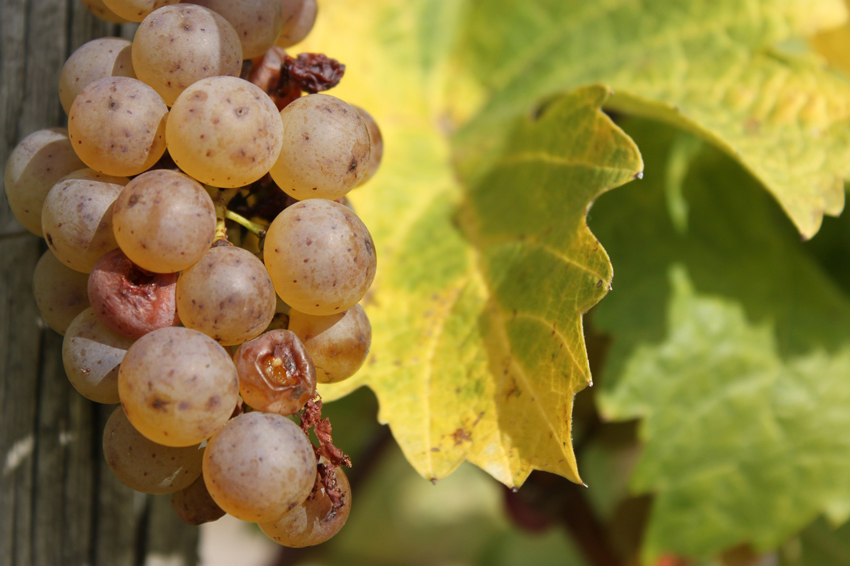

Trocken – This means ‘dry’ and indicates that the wine has been fermented to dryness i.e. all the sugar in the grapes has been converted to alcohol and there is no sugar remaining.
Halbtroken – This means half dry which indicates the wine will be medium sweetness and will contain some residual sugar.
Generally, wines that are sweet will have a lower alcohol content. If the wine is below 11% abv and does not say ‘Trocken’ on the label then you can expect the wine to have some sweetness. Wine above 11% abv will usually be dry.
You are now equipped with the knowledge to tackle the wonderful world of German Riesling. Here are our top Riesling picks to taste for yourself…


Dr Loosen Wehlener Sonnenuhr Riesling Spatlese 2020 – 7.5% ABV
Dr Loosen is one of the Mosel's great producers, based just outside the village of Bernkastel in Germany. Owned and run by the enigmatic Ernst "Uncle Ernie" Loosen, the estate crafts some of the world’s best Rieslings from the most spectacular vineyards, including this Spätlese from Wehlener Sonnenuhr (Sundial of Wehlen) that is bright, energetic and bursting with tropical fruit and integrated natural residual sugar from late picked grapes (a week or so more than Kabinett).
BUY NOW


Dr Loosen Bernkasteler Lay Riesling Kabinett 2020 – 8.5% ABV
Vibrant, zesty and bursting with fruit with touch of natural residual sugar [off-dry]. A delicious wine with plenty of white fruit, then stunning freshness at the very crisp, lemony finish.
BUY NOW
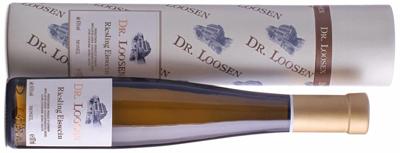

Dr Loosen Riesling Eiswein – 6% ABV 18.75ml bottle (That's a quarter of the size of a normal bottle!)
Authentic Mosel Eiswein is extremely tricky and expensive to create. grapes are frozen while still on the vine - freezing the water in the grapes but not the sugars, allowing tiny quantities of highly sweetened grape juice to be extracted. The resulting wine is typically sweet, with a burst of dense, rich flavour and a clean line of fresh acidity.
BUY NOW


Villa Wolf Riesling Dry 2022 - 12% ABV
From the Pfalz region, the Villa Wolf Estate was founded in 1756 and has been a successful and highly regarded winery for more than two centuries. Following a down-turn of fortune in the mid-20th century, the celebrated and enigmatic Ernst Loosen took over the Villa Wolf vineyards in 1996, launching a dramatic turnaround in the estate's quality and reputation. Attractive nose of ripe lemon and crunchy green apple with a hint of chamomile. Vibrant and energetic on the palate with racy, fresh acidity that provides drive and focus, flowing through onto a core of further ripe, forward citrus and green fruits with added white pepper on the long finish.
BUY NOW


Villa Wolf Wachenheimer Riesling 2019 - 12.5% ABV
Villa Wolf estate-grown Rieslings are made from single-vineyard sites in Wachenheim and Forst. They are produced in the traditional dry (Trocken) style of the Pfalz, and only one wine is made from each estate vineyard. This wine has a lovely stony fruit aroma brimming with peaches and apricots. It is medium bodied with a palate coating texture. The fruit has good persistence and leads to a long, drying finish.

